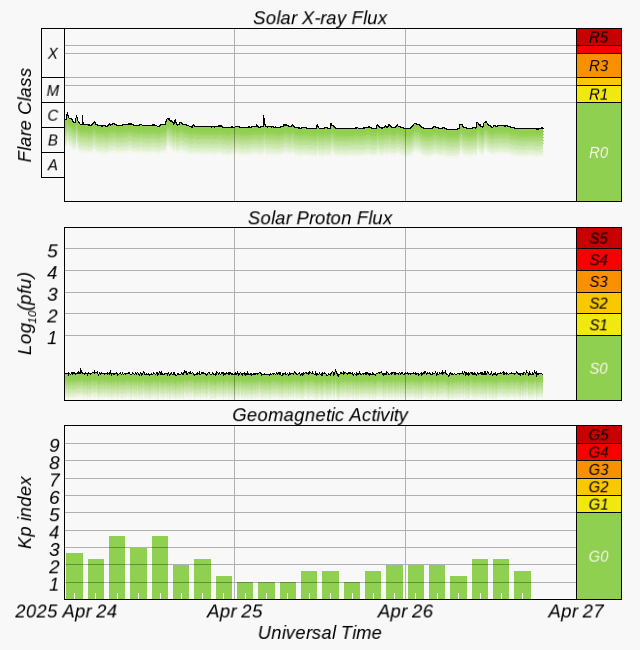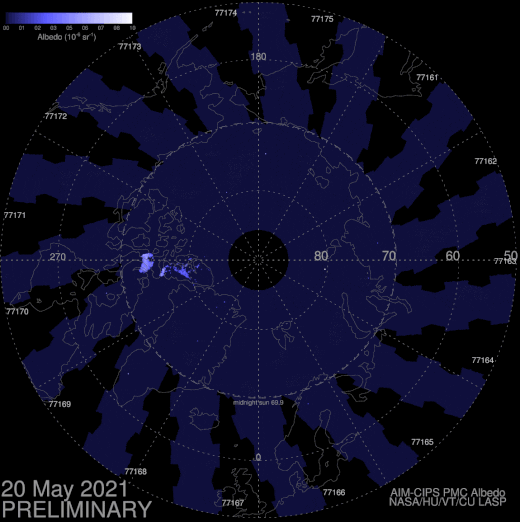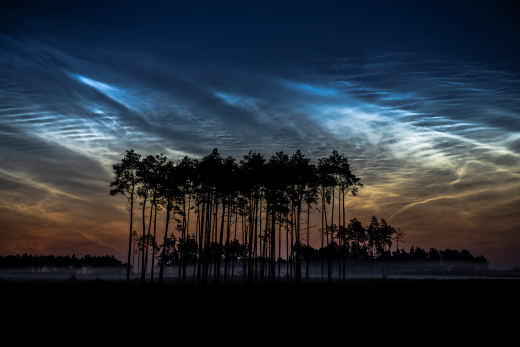
Credit: The Weather Network
Of course they could have been. The question is, were they? Assigning weather events to ‘global warming’ is ambiguous without a full definition of what the assigner means by that term. Jet stream blocking events discussed below are well-known to meteorologists, and constantly claiming them as evidence of a new human-caused problem with the climate is a stretch, to say the least.
– – –
The recent record-shattering heat wave in the Pacific northwest and devastating floods in western Europe have both been ascribed to global warming by many climate scientists, says Science Under Attack.
But an alternative explanation, voiced by some climatologists yet ignored by the mainstream media, is that the disasters were caused by the phenomenon of jet-stream blocking – which may or may not be a result of global warming, and could instead arise from a weakening of the sun’s output.
Blocking refers to the locking in place for several days or weeks of the jet stream, a narrow, high-altitude air current that flows rapidly from west to east in each hemisphere and governs much of our weather.
One of the more common blocking patterns is known as an “omega block,” a buckling of the jet stream named for its resemblance to the upper-case Greek letter omega, that produces alternating, stationary highs and lows in pressure as shown in the figure below. Under normal weather conditions, highs and lows move on quickly.
According to the blocking explanation, the torrential rains that hovered over parts of western Germany, Belgium and the Netherlands came from a low-pressure system trapped between two blocking highs to the west and east – the opposite situation to that shown in the figure.
Precipitation tends to increase in a warmer world because of enhanced evaporation from tropical oceans, resulting in more water vapor in the atmosphere. So with a blocking low stuck over the Rhine valley and the ground already saturated from previous rainfall, it’s not surprising that swollen rivers overflowed and engulfed whole villages.
A similar argument can be invoked to explain the intense “heat dome” that parked itself over British Columbia, Washington and Oregon for five blisteringly hot days last month. In this case, it was a region of high pressure that was pinned in place by lows on either side, with the sweltering heat intensified by the effects of La Niña on North America.
Several Pacific northwest cities experienced temperatures a full 5 degrees Celsius (9 degrees Fahrenheit) above previous records.
There’s little doubt that both of these calamitous events resulted from jet-stream omega blocks. Blocking can also induce cold extremes, such as the deep freeze endured by Texas earlier this year. But how can blocking be caused by the sun?
Over the 11-year solar cycle, the sun’s heat and visible light fluctuate, as does its production of invisible UV, which varies much more than the tenth of a percent change in total solar output. It’s thought that changes in solar UV irradiance cause wind shifts in the stratosphere (the layer of the atmosphere above the troposphere), which in turn induce blocking in the tropospheric jet stream via a feedback effect.
Blocking can also stem from other mechanisms. In the North Atlantic at least, a 2008 research paper found that during periods of low solar activity, blocking events in more eastward locations are longer and more intense than during higher solar activity.
Right now we’re entering a stretch of diminished solar output, signified by a falloff in the average monthly number of sunspots as depicted in the next figure.
The decline in the maximum number of sunspots over the last few cycles likely heralds the onset of a grand solar minimum, which could usher in a period of global cooling.
Full article here.
 Dude! What’s this cold white stuff doing here?
Dude! What’s this cold white stuff doing here?





 Even local electricity blackouts could be on the cards for determined hackers, it seems. A far cry from rolling up at the local filling station for a few minutes.
Even local electricity blackouts could be on the cards for determined hackers, it seems. A far cry from rolling up at the local filling station for a few minutes.



 No surprise that cranking up the cost of essentials is a greater burden for people on low incomes than for others. But nothing can be allowed to stand in the way of overblown climate obsessions, it seems. Carbon dioxide must be demonised no matter how tenuous the evidence against its tiny 0.04% share of the atmosphere, much of which pre-dates the modern era anyway.
No surprise that cranking up the cost of essentials is a greater burden for people on low incomes than for others. But nothing can be allowed to stand in the way of overblown climate obsessions, it seems. Carbon dioxide must be demonised no matter how tenuous the evidence against its tiny 0.04% share of the atmosphere, much of which pre-dates the modern era anyway.
 By Dr. John Happs ~
By Dr. John Happs ~

 The cost of all this climate folly is likely to be a major under-estimate anyway. Hammering the economy for no good reason, and hitting people’s incomes with carbon taxes and other so-called climate regulations, won’t sell well at election time either. Obsessing about the weather has gone way too far.
The cost of all this climate folly is likely to be a major under-estimate anyway. Hammering the economy for no good reason, and hitting people’s incomes with carbon taxes and other so-called climate regulations, won’t sell well at election time either. Obsessing about the weather has gone way too far.
 People don’t want a 14 square-mile eyesore in their neighbourhood, even if it comes with a ‘saving the planet’ sales pitch. Bad for tourist business as well, in this case.
People don’t want a 14 square-mile eyesore in their neighbourhood, even if it comes with a ‘saving the planet’ sales pitch. Bad for tourist business as well, in this case.




 By Duggan Flanakin ~
By Duggan Flanakin ~ Forget if you will all the arguments about the massive amount of
Forget if you will all the arguments about the massive amount of 
